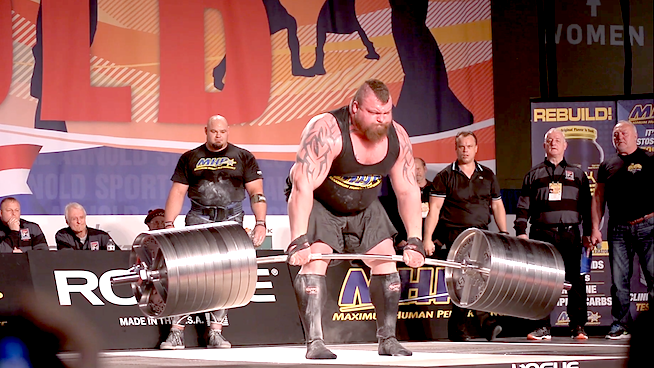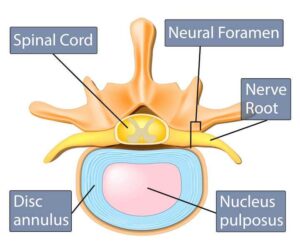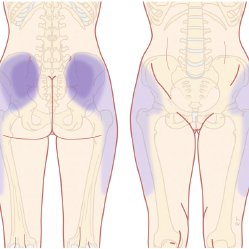I got a recent comment on my YouTube channel that read, “I just want to ask one question…is forward bending good for your lower back?”
I often Google questions I get from patients and subscribers to find out what type of information they have likely received. It serves as inspiration for blog posts and videos. This has been particularly effective for the article I wrote 5 Chiropractic Scam Strategies, unfortunately people search chiropractic + scam a lot.
So what shows up when you Google, “Is bending good for your lower back?
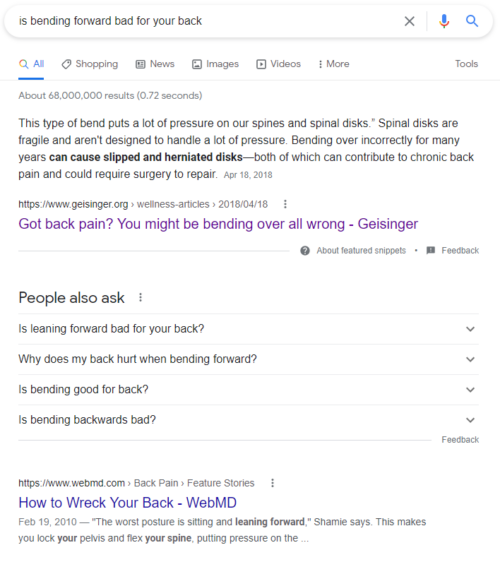
Unfortunately, many times the information that appears towards the top of Google searches isn’t always the most accurate. It’s just the article that is most searchable. My goal is to produce accurate blogs that are also enjoyable and searchable.
Let’s dive into some of the competing points of views to better understand the effect of forward bending on the health of the lower back. For clarification, forward bending is also known as lumbar flexion or rounding of the lower back. For simplicity, I will use the term lumbar flexion moving forward.
Wear and Tear: A case for avoiding lumbar flexion
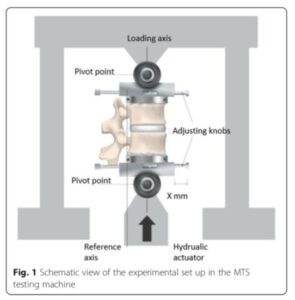 A popular study by renowned researcher, Stu McGill, in the early 2000s is often mentioned when the lumbar flexion debate comes up. The take home point of the study is that repetitive bending of the spine in both extension/flexion resulted in a greater incidence of disc herniation.
A popular study by renowned researcher, Stu McGill, in the early 2000s is often mentioned when the lumbar flexion debate comes up. The take home point of the study is that repetitive bending of the spine in both extension/flexion resulted in a greater incidence of disc herniation.
This point of view is part of the wear and tear model of injuries. The idea is that spinal flexion results in fatigue of structures in the lower back and is a risk factor for injuries to the disc. Of note, this research was conducted on dead porcupine and pig spines therefore the tissues wouldn’t be able to adapt as their aren’t living tissue.
Wear and Repair: Do we have to avoid lumbar flexion?
To better understand the impact of lumbar flexion, we can look sports like rowing and cycling that are flexion dominate. One of the most flexion heavy sports we see is with high level rowers. This population could serve as an interesting population of how the back responds to repetitive bending.
Interestingly, a recent study published in the Journal of Science and Medicine in Sport, observed that the structure of the spinal discs had a strong remodeling effect in response to training.
The study participants were put in MRI machines and the structure of their discs were analyzed during the pre-season and 6 months later during their post-season recovery. What they found is amazing. The disc remodels to repetitive stress, making it more resilient. Studies like this that show the bodies’ ability to adapt further strengthen the wear and repair model.
What if it hurts to bend forward, what should I do?
Oftentimes in episodes of lower back pain, bending forward is painful. However, this does not mean that lumbar flexion is causing damage or is inherently bad/risky.
Remember, pain is more accurately a threat detector rather than a damage detector.
At one time or another, different movements will become sensitized. With different types of sensitizations of movement, it may be healthy to avoid the provocative movement for a bit prior to returning to the previously painful movement via graded exposure. This is the general idea behind a previous YouTube video I recorded on “A Flexion Intolerant Lower Back”. Respect the sensitivity but stay positive and stay moving.
The gradual exposure to what was once a provocative movement is a form of cognitive behavioral therapy and symptom modification, that when done properly helps regain pain free range of motion. I often tell my patients that the slow return to a movement that was lost because of pain is like giving the brain an “all-clear” signal. “This movement is safe. This movement is fine”.
When it comes to lumbar flexion, I typically recommend starting with unloaded movements.
- Child’s Pose
- Lumbar Spine Floss
- Knees to Chest
- Flexion in sitting
Once you have “cleared” these hurdles, it would likely be time to explore upright bending type movements. Of course, that is a case-by-case determination based on patient goals, training and injury history, and ability to symptom modify.
Preparation trumps perfection for back pain
Pictured here is Eddie Hall, one of the strongest humans in the entire world. He held the deadlift record for 5 years, before “The Mountain” from Game of Thrones broke his record.

Much like the study of elite rowers mentioned previously, you can bet that Eddie has spent hours in the gym training his back and more specifically his discs to tolerate pulling these types of loads with that amount of lumbar flexion. In fact, check out the video below of one of his accessory training days. He is training a good morning exercise with quite a bit of lumbar flexion.
To Flex or Not to Flex? That is the question .
Like most things, the answer is it depends. I’m not here promoting lifting with a flexed lumbar spine. I’m only arguing if lumbar spine flexion is something we need to worry about. I compiled a list below when I think it may be advantageous to avoid lumbar flexion. Think of this as a general rule of thumb rather than laws.
- Lumbar spine flexion remains sensitized: There are cases that even when appropriate graded exposure strategies are applied lumbar flexion remains sensitive. In these cases, it’s better to avoid rather than beat your head against the proverbial wall.
- Under High Loads: the majority of people should attempt to maintain a neutral spine alignment when lifting really heavy things.
- Temporarily in the early stages of injury: “Hey doc it hurts to do this” “Ok, then stop doing that”. Think of this as the Calm Shit Down Phase.
- Sport specific training: There are certain sports that are best performed in certain positions.
Dr. Peters is passionate about helping those with lower back pain and regaining pain free range of motion. Schedule an appointment with our Omaha chiropractic office if you are looking for help.

